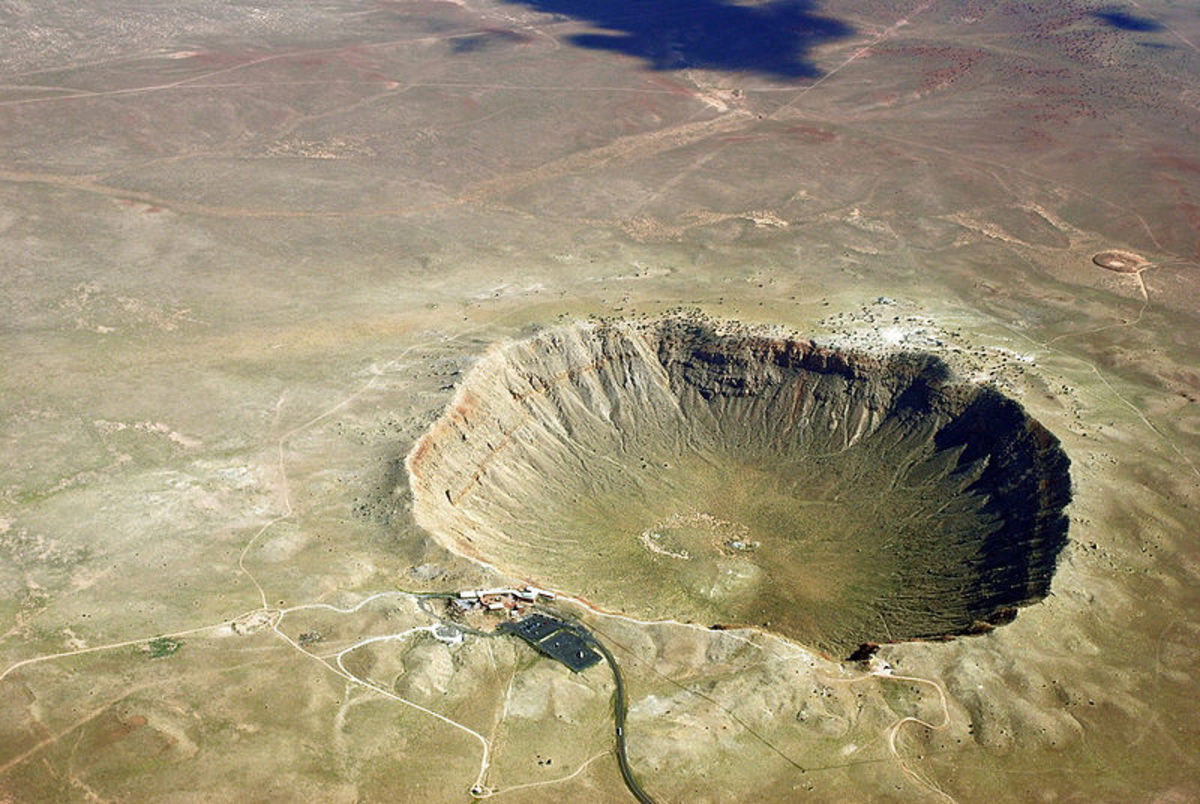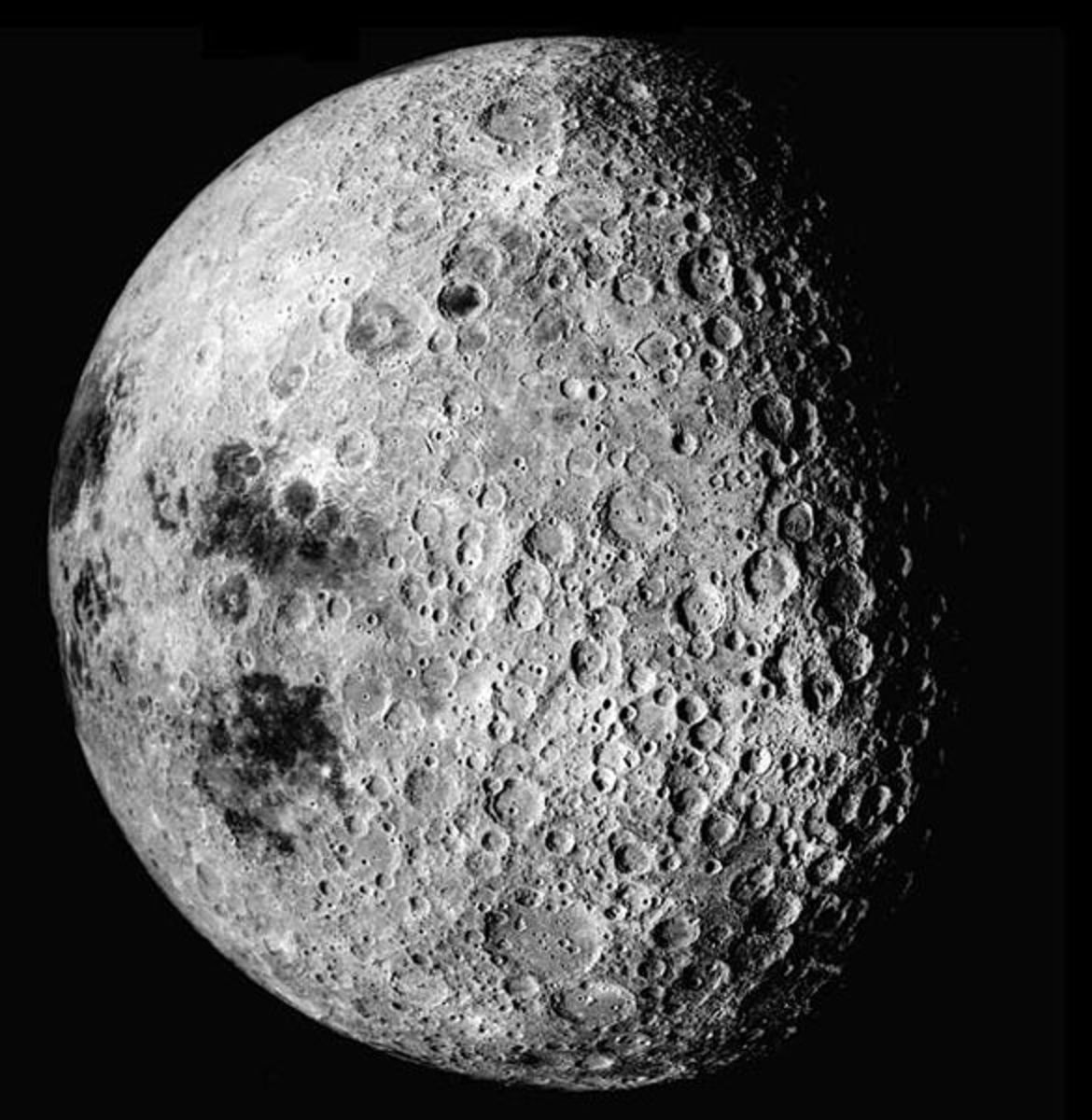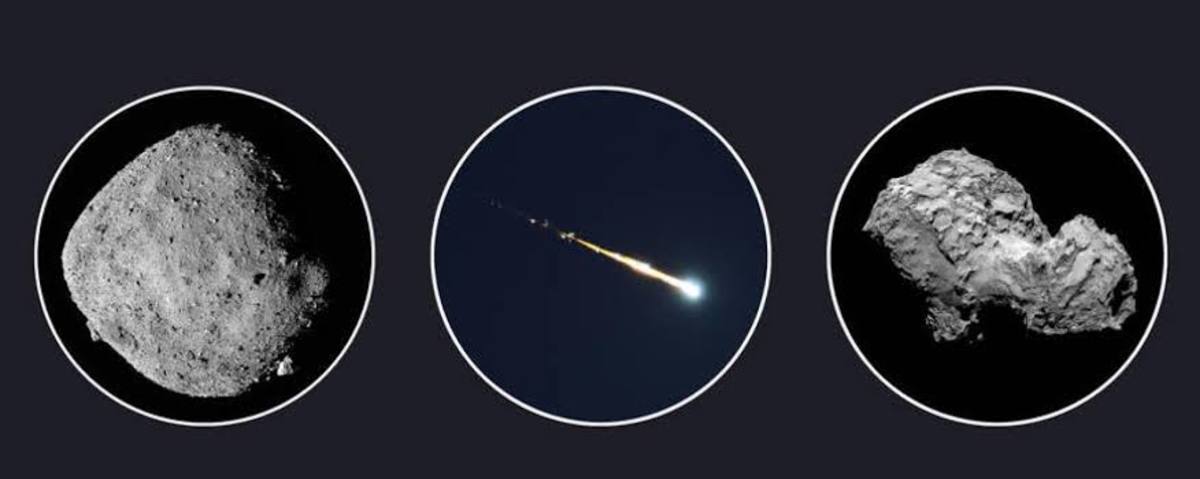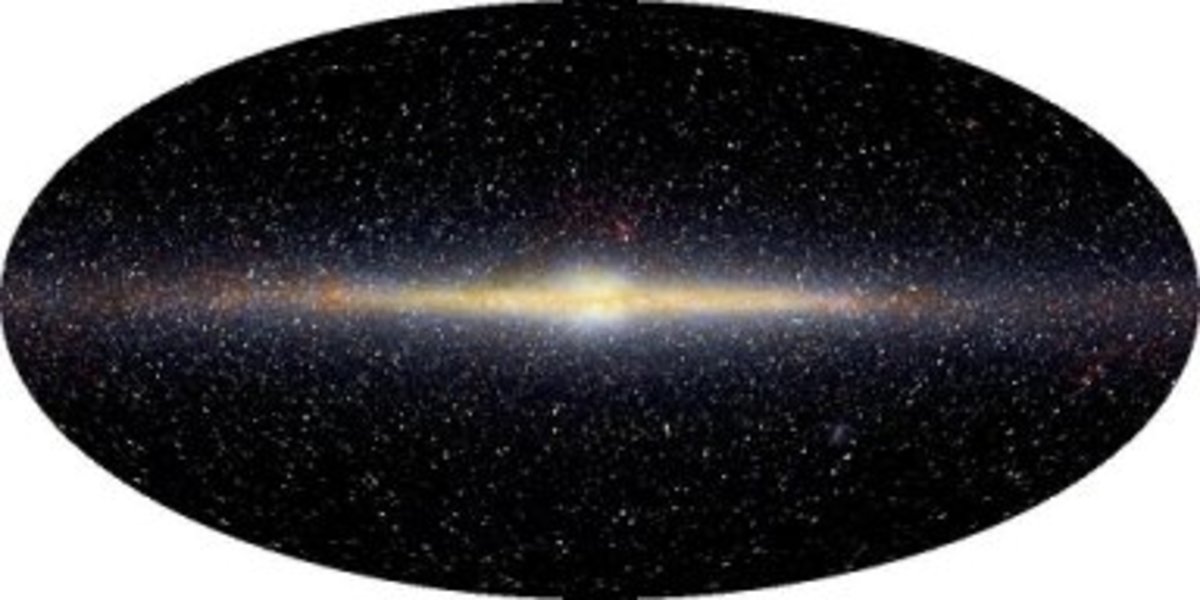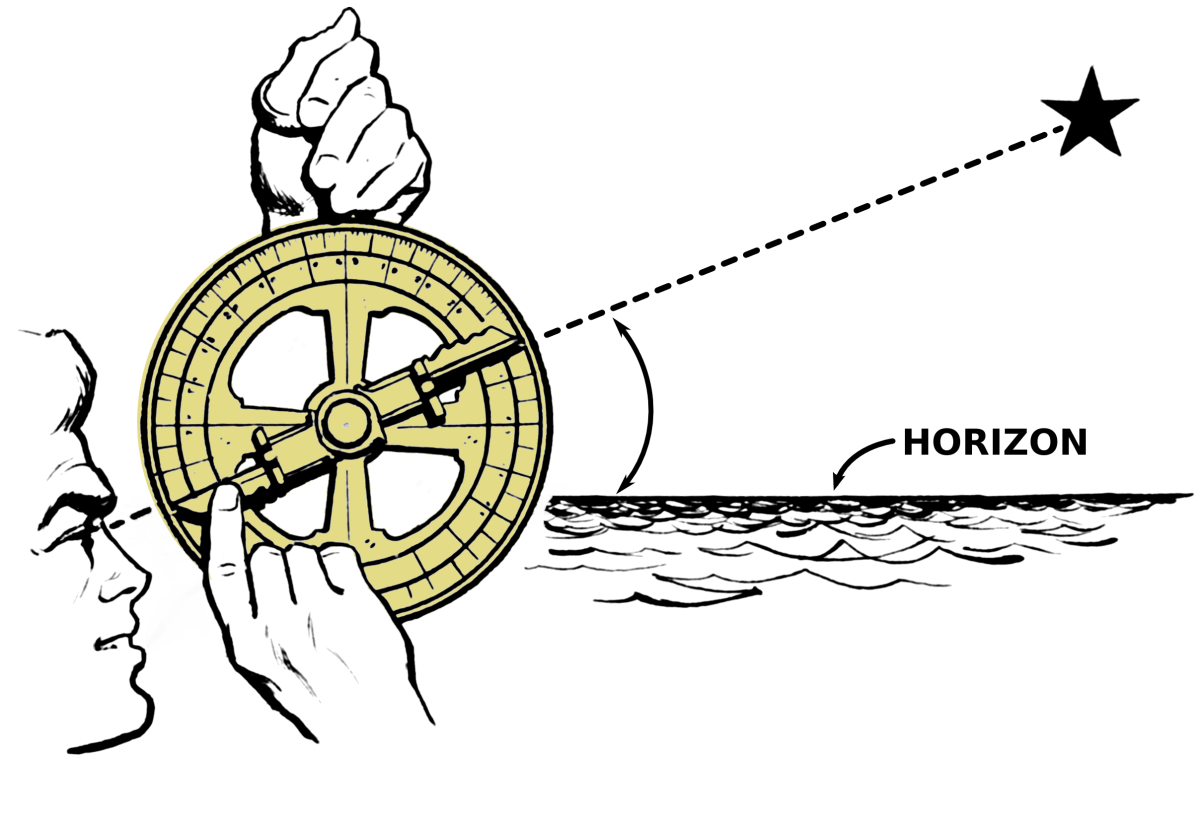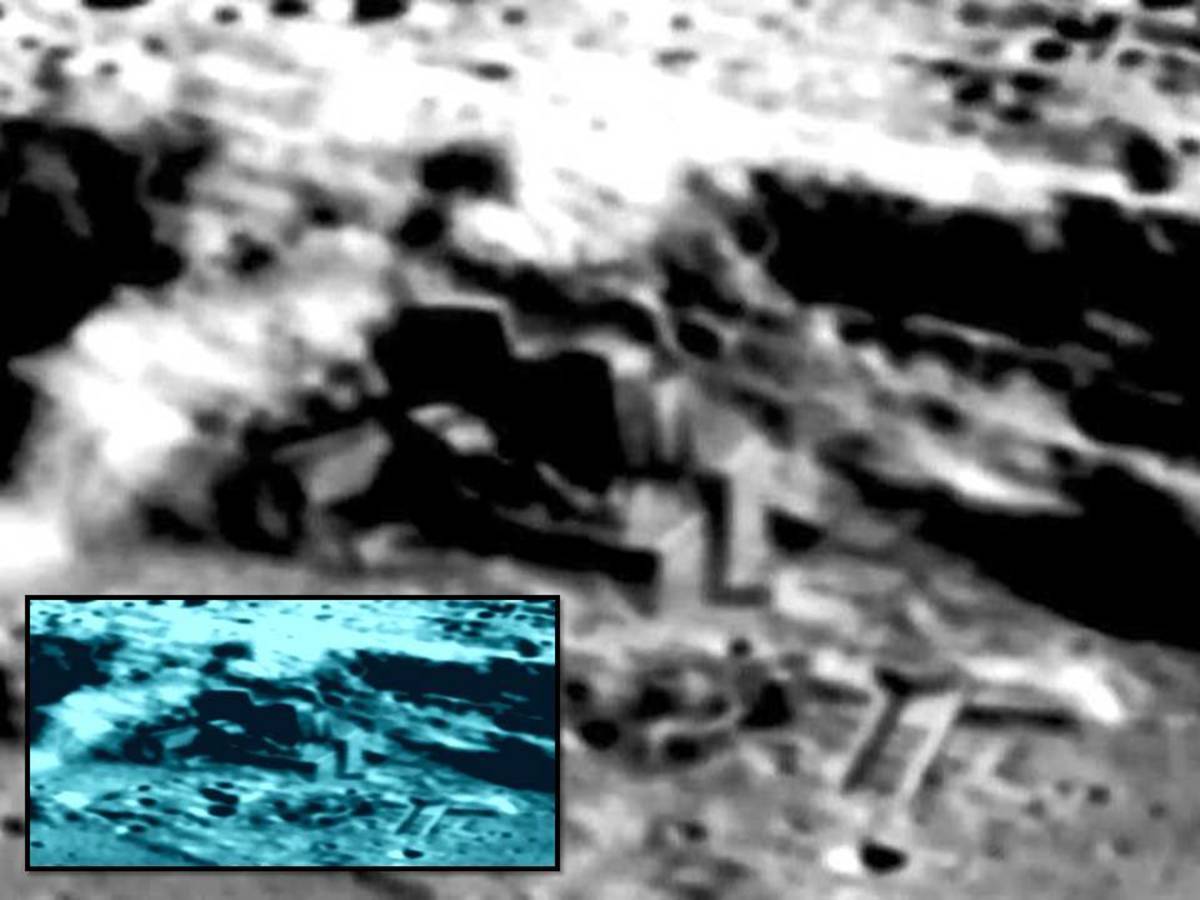Is an Asteroid, on a Collision Course?
Asteroid Strike
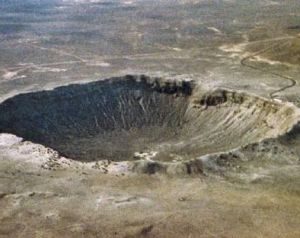
The Asteroid
1950DA is an asteroid discovered on February 23, 1950. At that time, it was able to be observed for 17 days.
Ironically, it was next observed on the eve of 2000, exactly 200 years to the night of the discovery of the first asteroid, Ceres.
During 2001 it was possible to study the asteroid better.
It is said to measure 1.1km and has a spin rate of a spin once every 2.1 hours. This is the second fastest spinning asteroid found to date.
Estimates, of the asteroid orbit gives it a 1-300 chance of a collision with Earth in the year 2880. However, it has been stated that this cannot be an accurate estimate as the spin rate is fast enough to affect its orbit.
Tsunami

The Impact
In May 2003 a study was carried out to evaluate the possible consequences if this asteroid were to hit the Earth. The North Atlantic Ocean was used as the studies impact zone.
Within 2 hours of impact a 400ft wave would hit the shore between Cape Cod and Cape Hatteras. 4 hours after the impact, the whole of the Eastern Seaboard would experience waves at least 200ft high. At the 8 hour point, waves between 30 and 50ft would impact Europe.
For decades now, scientists have told us that an asteroid impacting with Earth is inevitable at some time in Earths future, but how far into our future is it?
It is now known that 1950DA could collide in as few as 800 years from now. However, this is one of the asteroids we know of, there are still thousands of them out there that we have not yet discovered.
It is therefore possible that an asteroid could collide with Earth, with its potentially devastating effects, within our lifetime or that of our children. So what is being done?
Don Quijoti Impactor
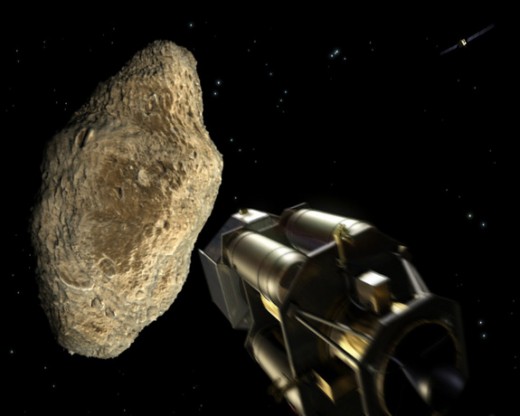
Help at Last
Two projects are currently underway to research the possibility of deflecting a potentially dangerous asteroid.
The first project is being undertaken by the European Space Agency.
The project is called the Don Quijote mission and its plan is to send two probes to an asteroid. The first one would map the asteroid, measuring density and shape etc. The second probe would be launched 6 months after and crash into the asteroid at a speed in excess of 30,000 mph, hopefully deflecting it. The first probe would then continue to observe the asteroid.
The second plan is being considered by the Chinese.
Their plan would involve a spacecraft being powered by solar sails. They believe it would be possible for the giant mirrors to power the spacecraft into the asteroid at a speed of 67,100 mph, deflecting the asteroid.
Where is NASA?
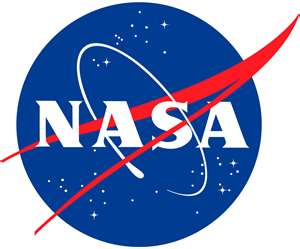
Concerns
The first of the concerns I have, is that unlike the Europeans who plan to try out their theory on an asteroid that has no possibility of colliding with Earth, the Chinese are considering experimenting with an asteroid named Apophis.
Apophis is an asteroid that is anticipated to pass close to the Earth in 2036. Currently it is given a 1-233,000 chance of impacting Earth. I would not want a miscalculation by the Chinese to increase that possibility.
My second concern is that although NASA is sending probes to asteroids, they seem to be more interested in their mineral deposits than their potential danger to the planet.
We have heard for years that NASA is unsure of which direction to take in regards to avoiding a disaster by an asteroid. Is it not time that they at least stopped squabbling long enough to test a theory?
- Elenin: The Doomsday Rock?
A comet named Elenin is approaching Earth. Officials have publicly said it poses no threat to us. However, scientists away from the public eye are saying something different. - What Do We Know about Space
Our knowledge of space is limited to what we are told. We have no way to verify these statements. Are we being told the truth and how much is there that they are not telling us? - Solar Disaster
An increase in solar activity has been predicted. We have been told that these flares can disrupt our power supplies, but what affect can they have on our Nuclear Plants?


